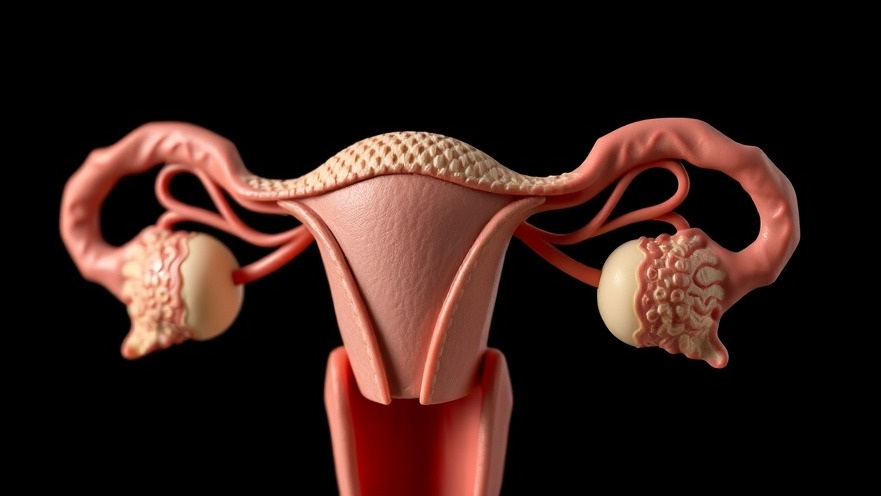
Understanding Pain Management Options for IUD Insertion
Intrauterine devices (IUDs) are highly effective forms of birth control, yet many users express anxiety over the pain associated with their insertion. According to recent guidelines from the American College of Obstetricians and Gynecologists (ACOG) and the Centers for Disease Control and Prevention (CDC), the importance of discussing pain management options between patients and healthcare providers cannot be overstated.
New Guidelines Emphasize Patient Provider Communication
The latest guidelines emphasize that healthcare providers should initiate conversations about pain management strategies before proceeding with IUD insertion. The ACOG guidelines specifically state, "Options to manage pain should be discussed with and offered to all patients seeking in-office procedures." This shift aims to foster a more open dialogue, allowing patients to voice their concerns and preferences regarding the insertion process.
The Pain Spectrum: Facts and Myths
It's important for patients to understand that experiences vary widely. Research estimates that around 50% of individuals who have never given birth may experience severe pain, while only about 10% who have given birth might feel the same intensity. Many potential IUD users fear the process based on anecdotal experiences, leading to misconceptions that pain is guaranteed. Recognizing this spectrum can help ease anxieties and empower individuals to make informed choices concerning their birth control methods.
Exploring Pain Management Options
Understanding what options exist for pain management can significantly impact the experience of IUD insertion. Here are some commonly discussed methods:
Local Anesthesia: This method numbs the area around the uterus and has proven effective for many patients.
Medication: Taking analgesics like ibuprofen prior to the procedure can help mitigate discomfort.
Relaxation Techniques: Engaging in deep breathing exercises and mindfulness before and during the procedure can help manage stress and anxiety, possibly reducing perceived pain levels.
Listening to the advice of healthcare providers is crucial in building an individualized pain management strategy. Engaging with providers who actively address pain management can lead to a more positive and less stressful experience.
The Importance of Personal Agency in Healthcare
Patients should never hesitate to advocate for their needs, especially regarding pain management during procedures. Regardless of the method chosen, being informed can lead to better experiences and outcomes. The shift in focus towards a patient-centered approach not only helps in alleviating pain but also cultivates trust between patients and healthcare providers.
What Lies Ahead? Future Directions in Pain Management Guidelines
Looking forward, it is essential for clinicians to remain up-to-date with revisions in pain management guidelines. As more research emerges, these guidelines will likely evolve to incorporate new techniques or findings—always keeping patient comfort at the forefront. Staying informed enables both practitioners and patients to work collaboratively towards pain-free IUD insertion experiences.
Empowering Patients: Making the Right Choices
In summary, awareness and education about pain management for IUD insertion can significantly impact patient experiences. It is imperative for patients to engage in conversations about their care with healthcare providers, ensuring their voices are heard and options are explored. This not only benefits individual health outcomes but also promotes a culture of open dialogue in healthcare settings.
As we aim to create a more patient-friendly environment in reproductive healthcare, let’s embrace the responsibilities outlined in the new guidelines. Communication is key—don’t shy away from discussing your discomfort and pain management preferences!
To enhance your healthcare experience, remember to advocate for your needs. Engage in discussions with your healthcare provider to understand better and prepare for what's to come. Stay informed, stay empowered!
 Add Row
Add Row  Add
Add 




Write A Comment